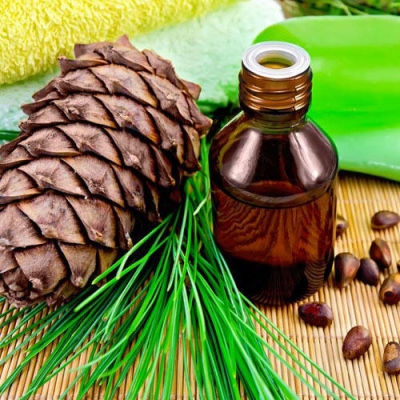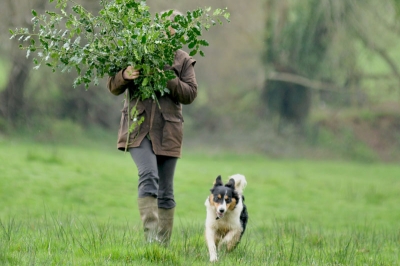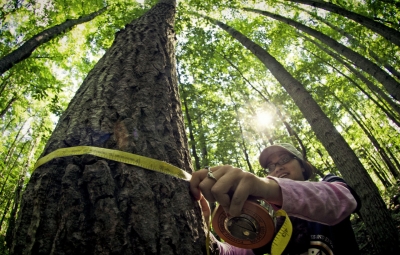
Dates are used in many ways. Those with a soft, pulpy flesh provide a syrup known as date honey which can be made into a jam. Hard-fleshed dates can be preserved in sugar or made into flour. The juice of dates can be fermented and turned into an alcoholic drink called arrack. The leaves of the date palm can be used for making mats or cord. The seeds or stones of the dates can also be made into buttons.
Dates are full of nutrition, especially dry dates. Dry dates are high in calories particularly carbohydrates (74 grams). It also contains several essential vitamins and minerals with fibres. Dates are famous for their rich concentration of antioxidants which can be beneficial for your cardiac and pulmonary health.
Picture Credit : Google





